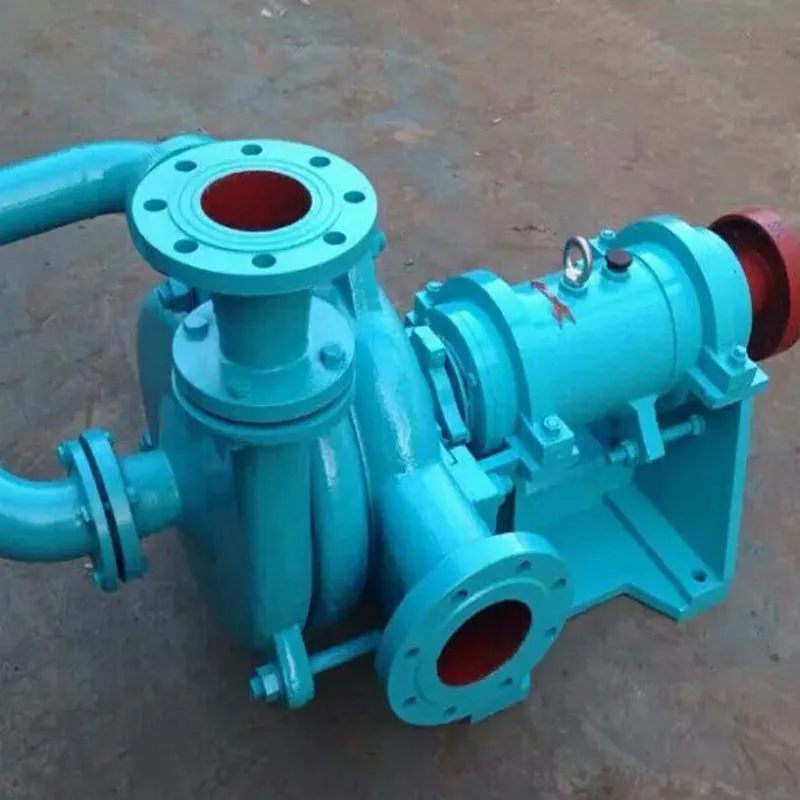Arabic
- Afrikaans
- Albanian
- Amharic
- Arabic
- Armenian
- Azerbaijani
- Basque
- Belarusian
- Bengali
- Bosnian
- Bulgarian
- Catalan
- Cebuano
- Corsican
- Croatian
- Czech
- Danish
- Dutch
- English
- Esperanto
- Estonian
- Finnish
- French
- Frisian
- Galician
- Georgian
- German
- Greek
- Gujarati
- Haitian Creole
- hausa
- hawaiian
- Hebrew
- Hindi
- Miao
- Hungarian
- Icelandic
- igbo
- Indonesian
- irish
- Italian
- Japanese
- Javanese
- Kannada
- kazakh
- Khmer
- Rwandese
- Korean
- Kurdish
- Kyrgyz
- Lao
- Latin
- Latvian
- Lithuanian
- Luxembourgish
- Macedonian
- Malgashi
- Malay
- Malayalam
- Maltese
- Maori
- Marathi
- Mongolian
- Myanmar
- Nepali
- Norwegian
- Norwegian
- Occitan
- Pashto
- Persian
- Polish
- Portuguese
- Punjabi
- Romanian
- Russian
- Samoan
- Scottish Gaelic
- Serbian
- Sesotho
- Shona
- Sindhi
- Sinhala
- Slovak
- Slovenian
- Somali
- Spanish
- Sundanese
- Swahili
- Swedish
- Tagalog
- Tajik
- Tamil
- Tatar
- Telugu
- Thai
- Turkish
- Turkmen
- Ukrainian
- Urdu
- Uighur
- Uzbek
- Vietnamese
- Welsh
- Bantu
- Yiddish
- Yoruba
- Zulu
Telephone: +86 13120555503
Email: frank@cypump.com
سبتمبر . 25, 2024 13:57 Back to list
Investigating the Effectiveness and Utilization of Mixed Flow Systems in Various Applications
Exploring the Efficiency and Applications of Mixed Flow Systems
In recent years, the exploration of mixed flow systems has garnered significant attention within various engineering disciplines. These systems, characterized by the integration of both axial and radial flow components, present unique advantages in enhancing operational efficiency and broadening applications across several industries.
Mixed flow systems are predominantly utilized in hydraulic and pneumatic applications, where the fluid's movement is critical to performance. A prime example is the design of pumps and fans, where a mixed flow configuration can lead to better hydraulic efficiencies compared to purely radial or axial designs. This hybrid approach allows for an optimized balance between flow rate and pressure generation, making mixed flow systems particularly valuable in scenarios that require variable flow conditions and flexible operational parameters.
One of the most compelling benefits of mixed flow systems is their enhanced energy efficiency. The combination of axial and radial flow reduces energy losses typically associated with traditional systems, resulting in lower operational costs and environmental impact. In a world increasingly focused on sustainability, the ability to harness mixed flow technology offers a pathway to achieve greener processes in everything from water treatment to industrial cooling systems.
'exploring the efficiency and applications of mixed flow ...'

Moreover, mixed flow systems exhibit a remarkable versatility, lending themselves to a diverse range of applications. In automotive engineering, for instance, mixed flow concepts are used in turbochargers to improve engine performance by optimizing airflow into combustion chambers. This leads to increased power output while simultaneously improving fuel efficiency. Similarly, in residential and commercial heating, ventilation, and air conditioning (HVAC) systems, mixed flow fans are employed to provide effective air circulation while minimizing noise levels—a key consideration in urban settings.
The use of mixed flow mechanisms is not limited to traditional engineering fields; they have also found applications in emerging technologies. In renewable energy, for instance, mixed flow turbines are being explored for wind and hydroelectric power generation. By maximizing the kinetic energy extraction from moving fluids, mixed flow turbines can enhance overall energy conversion efficiency, contributing to the viability of renewable energy sources.
Despite the numerous advantages, the design and implementation of mixed flow systems pose several challenges. Engineers must carefully consider factors such as fluid dynamics, material selection, and operational conditions to achieve optimal performance. Advanced computational fluid dynamics (CFD) simulations and iterative design approaches play a crucial role in overcoming these challenges, enabling finer control over system behavior.
In conclusion, the exploration of the efficiency and applications of mixed flow systems has vast implications across various industries. As we continue to innovate and seek out ways to improve energy efficiency and operational effectiveness, mixed flow systems represent a promising avenue for future research and development. By harnessing their potential, we can pave the way toward more sustainable and efficient technologies that benefit both industry and the environment.
-
Horizontal Split Case Pump with GPT-4 Turbo | High Efficiency
NewsAug.01,2025
-
ISG Series Pipeline Pump - Chi Yuan Pumps | High Efficiency, Durable Design
NewsAug.01,2025
-
Advanced Flue Gas Desulfurization Pump with GPT-4 Turbo | Durable & Efficient
NewsJul.31,2025
-
ISG Series Vertical Pipeline Pump - Chi Yuan Pumps | Advanced Hydraulic Design&Durable Construction
NewsJul.31,2025
-
ISG Series Vertical Pipeline Pump - Chi Yuan Pumps | Energy Efficient & Low Noise
NewsJul.31,2025
-
pipeline pump - Chi Yuan Pumps Co., LTD.|High Efficiency&Low Noise
NewsJul.31,2025










